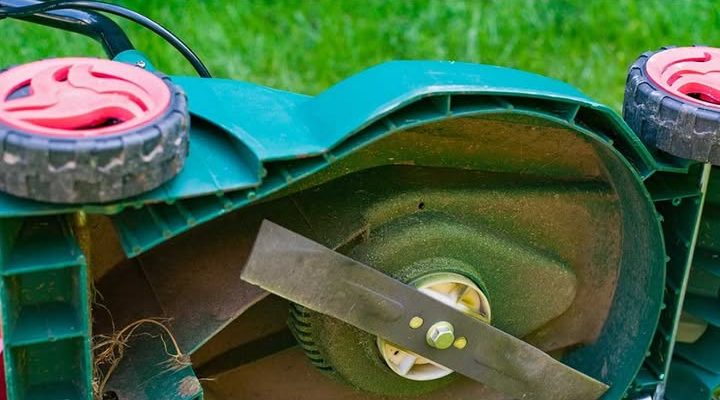Maintaining a lawn mower might not be the most exciting part of yard work, but it’s one of those quiet tasks that makes a big difference. A green, healthy lawn starts with regular maintenance—and not just for your grass, but for your tools too. Most people focus on oil changes or topping off the gas, but one often-overlooked step is also one of the most important: sharpening your mower blades.
Why does it matter? Because dull blades don’t cut—they tear. This leaves grass with ragged edges that quickly brown, making your lawn look patchy and stressed. Worse, torn grass becomes more vulnerable to pests and disease. But with a sharp blade, you get clean cuts, healthier grass, and a better-looking yard.
I learned this lesson the hard way—until my grandpa showed me a simple blade-sharpening method that’s been passed down in our family. No expensive tools or store trips needed. Just a few basic supplies you probably already have: a strip of sandpaper, a can of WD-40, a socket wrench, and a small wooden block.

One summer, I watched him transform a dull mower blade in about 15 minutes. His method was quick, easy, and surprisingly effective. Here’s how to do it:
What You’ll Need:
-
Sandpaper (medium grit)
-
WD-40 or similar lubricant
-
Socket wrench (to fit your blade bolts)
-
A wooden block
-
Heavy gloves for safety
The Steps:
-
Tilt your mower safely—Make sure the air filter and carburetor are facing up to prevent leaks.
-
Remove the blade using the socket wrench. Be careful—wear gloves!
-
Spray the sandpaper lightly with WD-40 and lay it flat on the block.
-
Sharpen the blade by gently running it at the correct angle across the sandpaper in even strokes.
-
Check the edge—when it shines and feels smooth, you’re done.
-
Reinstall the blade, tightening it securely.
The whole process takes less than 20 minutes, even for beginners.
Safety First
Before you start, always disconnect the mower—remove the spark plug wire or unplug it completely. Take your time and protect your hands with gloves. Rushing through could lead to injury or damage.
Why This Works
Sharp blades reduce engine strain, extend your mower’s life, and make mowing quicker and easier. Your grass will recover faster, grow fuller, and look like it was trimmed by a pro.
There are other ways to sharpen blades—grinders, rotary tools, or professionals—but my grandpa’s DIY method is affordable, fast, and ideal for most homeowners. It’s low-effort and high-impact.
A Few Tips:
-
Don’t over-sharpen. Too-thin edges dull faster or may chip.
-
Check for balance. After sharpening, test the blade on a nail. If it tilts, one side is too heavy.
-
Clean everything after. Wipe down the blade and mower deck to prevent rust and buildup.
Taking time to sharpen your mower blades may seem small, but it can transform your yard—and your experience. You’ll mow faster, your mower will last longer, and your grass will thank you. Thanks to my grandpa’s simple technique, keeping a beautiful lawn doesn’t require fancy tools—just a little time and know-how.
So next time your mower starts dragging or your lawn looks off, don’t just refill the gas. Sharpen the blade. You’ll see—and feel—the difference.


